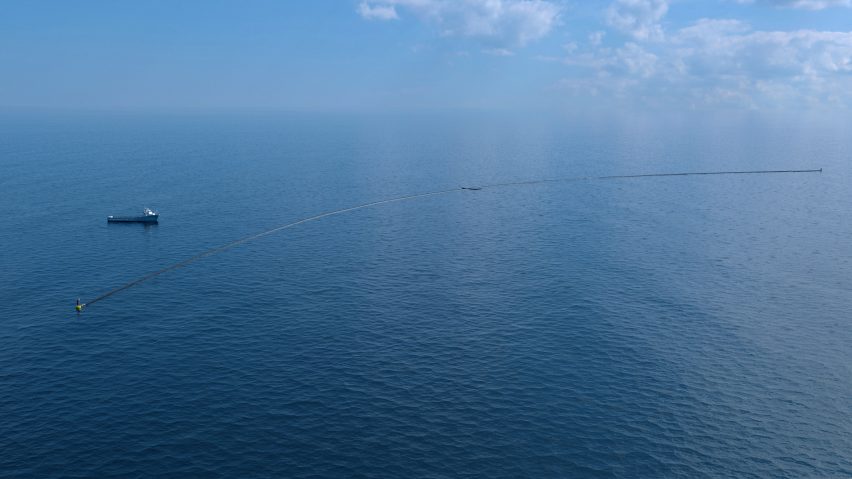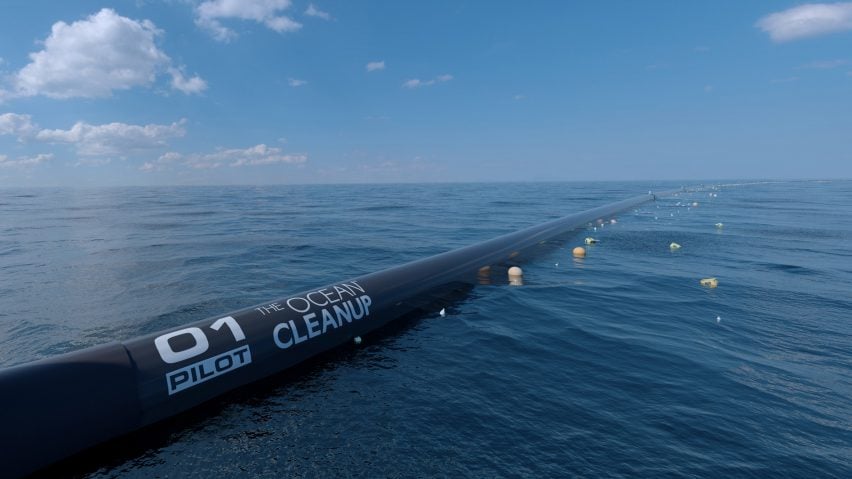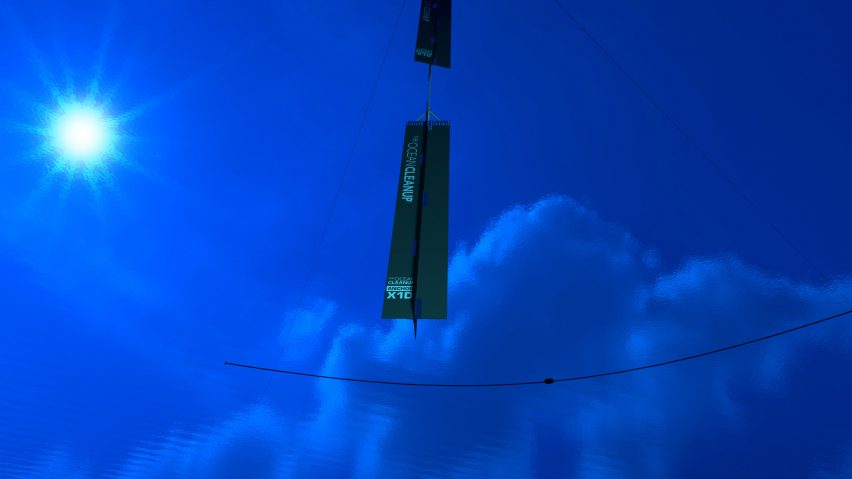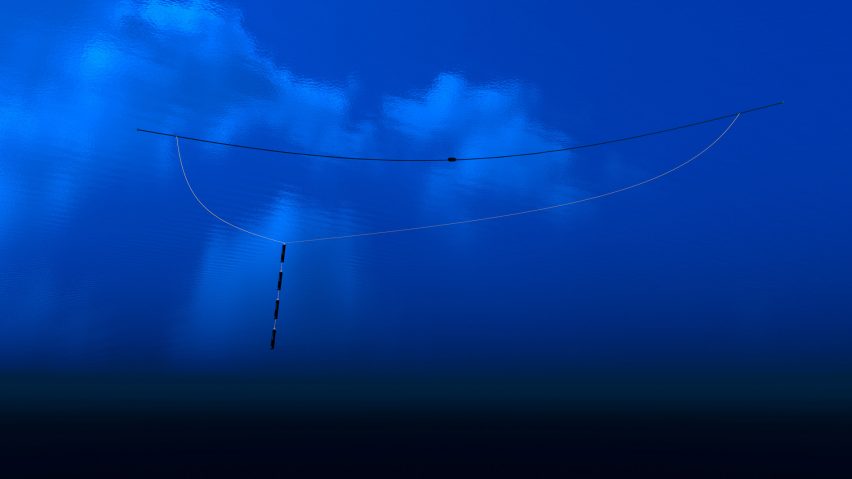The Ocean Cleanup will begin extracting plastic from the Pacific in 2018
A major initiative aiming to rid a rubbish-riddled area of the Pacific Ocean from its discarded plastic will begin work within the next 12 months.
The Ocean Cleanup foundation, initiated by Dutch engineering student Boyan Slat when he was just 20 years old, announced the development at an event in Utrecht earlier this month.
Slat said the first major operation will begin in 2018 in an area known as the Great Pacific Garbage Patch – a swirling vortex of mainly plastic waste located in the northern part of the Pacific Ocean.

The team will use a floating barrier to slowly push the plastic to shore. This update of the initial design, which was recognised at the Designs of The Year awards in 2015, will be weighted to move with the current instead of fixed to the sea bed. Once ashore, the waste plastic would be recycled and turned into sellable products to help fund the project.
"We thought what if instead of fixing the system to the seabed, we fixed it to this deeper water level where the current isn't as strong," said Slat. "The system would start to drift – but that's entirely okay because as long as it moves slower than the plastic we will collect plastic."
"The elegance of the design is that we managed to make it even simpler," he added. "It's just one barrier, one anchor, two lines connecting them and a central passive collection point for the plastic."

A series of these buoyant barriers will be deployed to speed up the process. Slat believes the new system will be more cost-efficient and effective, potentially reducing the predicted initial cleanup period from 10 years to five.
He also acknowledged its improved longevity, as the floating device wouldn't have to withstand the force of the ocean pushing against it.
"It would mean that we wouldn't need to go down to four and a half kilometres of depth, it would mean that we wouldn't need to understand the seabed composition, and it would mean that the system isn't fixed in one direction, but is free to drift and orient itself exactly in the direction the plastic is coming from," he said.

Testing is scheduled to start off the American west coast by the end of 2017. The first deployment in the Great Pacific Garbage Patch will happen in the first half of 2018 – two years ahead of schedule.
Slat first came up with the Ocean Cleanup idea in 2011 when he was 16, after a diving holiday in Greece where he saw a huge amount of plastic waste in the water. He developed this into a school project, which was given an award by Delft's University of Technology.
His organisation now has over 100 volunteers, including scientists and engineers, and is supported by 15 other institutions.

Ocean plastic is a growing concern among both environmentalists and designers, who have created products to help raise awareness of the problem and proposed a variety of solutions.
Adidas' longstanding collaboration with Parley for the Oceans has seen them create a collection of swimwear made from upcycled fishing nets and debris, as well as trainers with uppers made using recycled plastic recovered from the sea.
An Australian duo created a floating rubbish bin that filters litter from marinas, while Brodie Neill constructed a table from tiny pieces of plastic that have been salvaged from beaches around the world.
Images by Erwin Zwart/The Ocean Cleanup.